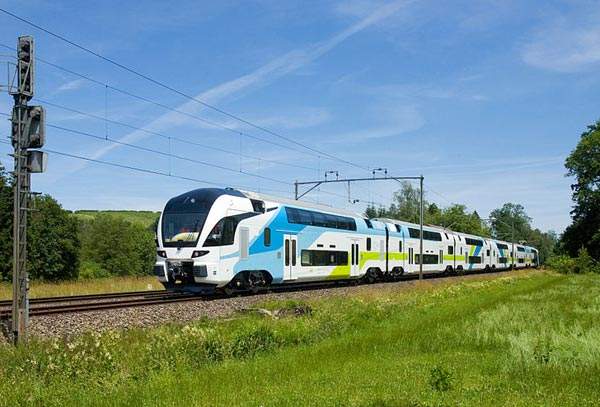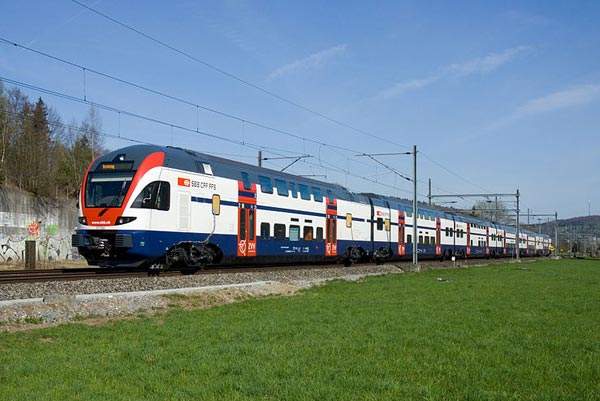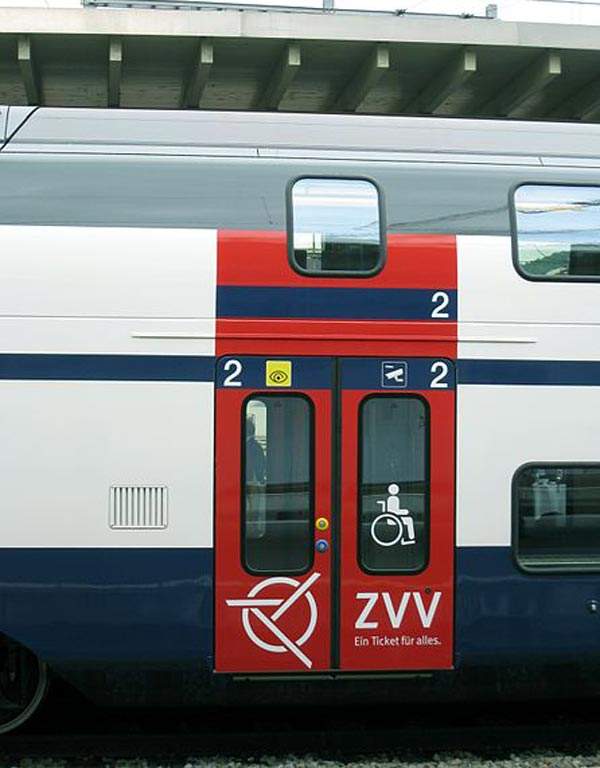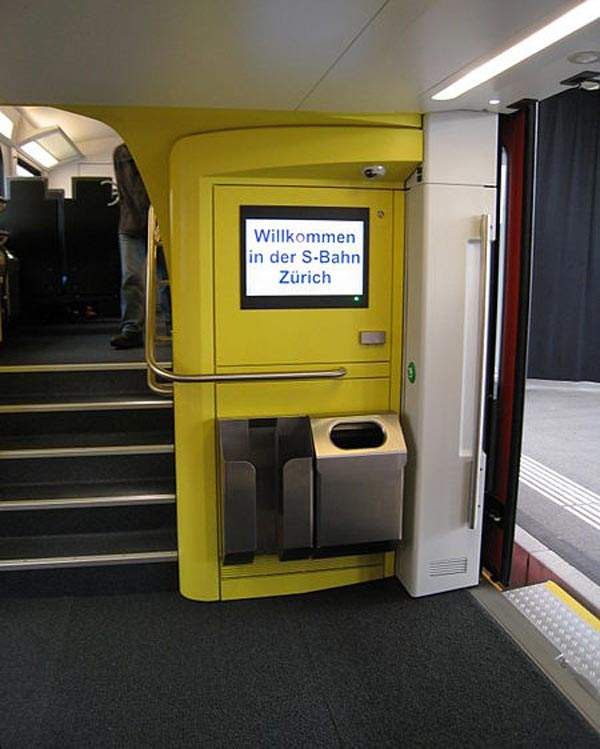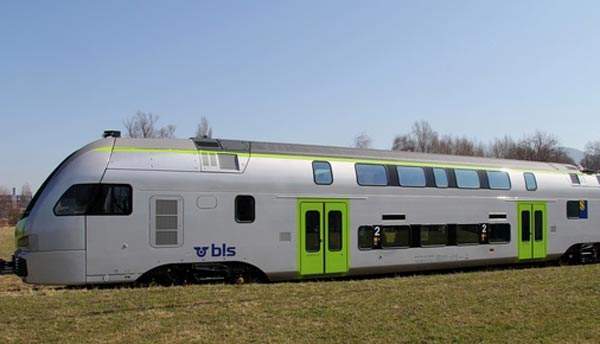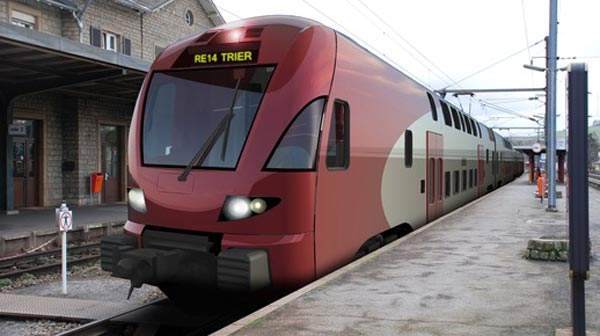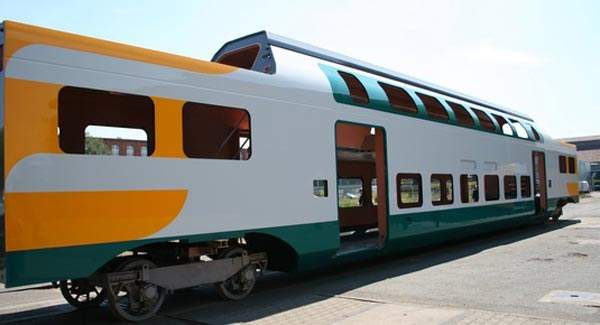Stadler KISS is a double-deck railcar which has been manufactured by Stadler Rail, a Switzerland-based rail manufacturer. KISS stands for ‘komfortabler innovativer spurtstarker S-Bahn-Zug’ which translated means ‘comfortable, innovative, sprint capable, suburban train’. Stadler released the Kiss after its successful railcar, Flirt.
Kiss is an EMU (electric multiple unit) comprising self-propelled carriages. It was known as DOSTO in the development stage.
Design of Stadler’s spacious KISS double-deck railcars
The Kiss is designed to create more space without any compromise in comfort and safety. More space is allocated for standing passengers.
The vehicle features a low floor entry with sliding steps, which allows disabled people and children to easily get in and out. The vertical clearance inside the rail cabin is two metres. There are 12 doors provided on each side, for free passenger movement. Vacuum toilet systems are installed for the disabled passengers.
The HVAC (heating, ventilation and air conditioning) panel is shifted to ceiling instead of being fixed in the side panel, thereby providing a 15cm extra width. The redundant propulsion equipment has eight propulsion chains with water cooled IGBT converters. The bogies are powered with air suspensions.
Variation models of Stadler’s Kiss for Swiss and Austrian markets
The Swiss Federal Railways (SBB) variation of the Kiss has a length of 150m. It has 535 seats and can carry up to 1,373 passengers. A four car version and a six car version will be entered into service, depending on the requirement of the line. The seating and standing capacities of the six car train are 435 and 838, whereas for the four car variation they are 337 and 548 respectively. Maximum speed of both the versions is 160kmph, but the acceleration of the six car version is 0.2mps2 lower than that of the four car version, which is 1.3mps2.
Another version is designed for use in Austria. The seating capacity of this variant is 501 passengers. There is no specific standing capacity as it targets mainly first class passengers. The ground clearance of the entrance of this car is 570mm, with heights of 440mm and 2,515mm in the lower deck and upper deck respectively. The maximum speed and starting acceleration of this variation is 200kmph and 0.85 mps2, higher than that of the Swiss versions.
International orders and deliveries of Stadler Rail’s trains
Since the launch of the first Stadler Kiss train, the company received orders for 125 trains with 614 aluminium double-deck car bodies.
The Bern-Lötschberg-Simplon (BLS) railway ordered 28 double-deck trains worth $542m in 2010. These trains are being built at Stadler Rail’s Altenrhein facility and are scheduled for delivery by 2014. The first train was unveiled in March 2012. It is now being tested in eastern Switzerland. The trains will be employed on the S1, S3, S31 and S6 routes.
In June 2009, Westbahn ordered seven six-car trains for the lines running between Vienna and Salzburg. The trains will be 150m long with 501 seats. They are designed especially for first class passengers. The maximum speed of the trains will be 200kmph.
In October 2010, Luxembourg Railways (Société Nationale des Chemins de Fer Luxembourgeois) placed a $78.31m contract for eight three-car units for delivery in 2013.
The contract includes an option for 31 additional units. The trains will be installed with a European train control system (ETCS) and be able to reach a maximum speed of 160kmph.
German railway company, ODEG (Ostdeutsche Eisenbahn) ordered 16 four-car trains for the Berlin-Brandenburg commuter railway system. The trains are scheduled for delivery by December 2012.

